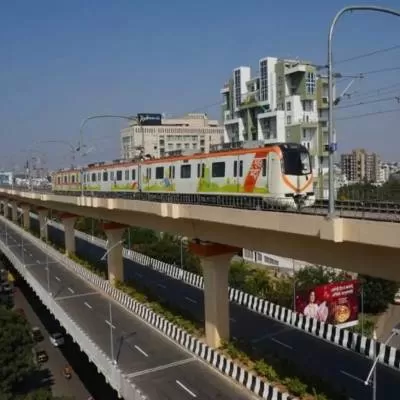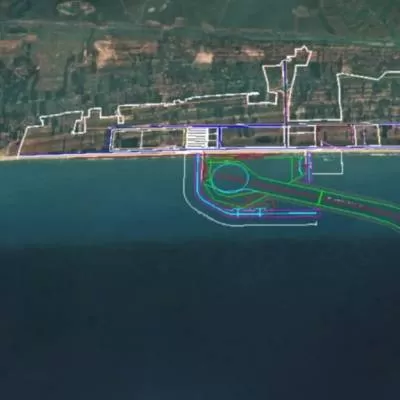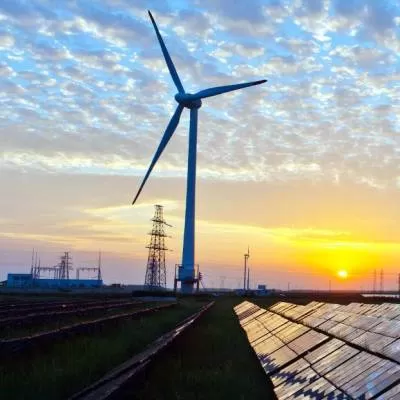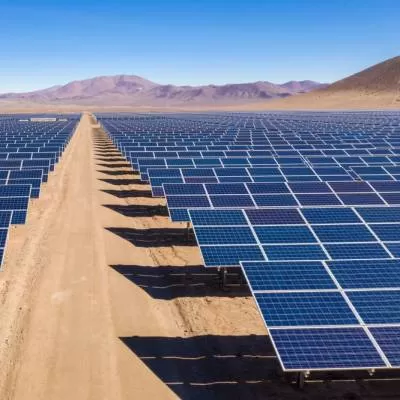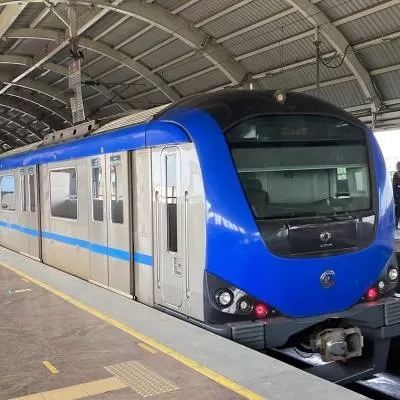Schedule a Call Back
Indian fa?ade industry worth Rs 15,000 crore, growing 20% annually
2019-03-20
Sustainability a prerogative for Indian fa?ade and fenestration industry ? Anarock Report
- Indian fa?ade industry worth Rs 15,000 crore, growing 20 per cent annually; global fa?ade market to reach US$ 340 billion by 2024.
- Fenestration and curtain wall industry pegged at Rs 10,000 core ? 65 per cent share by fenestration, 35 per cent by curtain walls.
- Sustainable, eco-friendly fa?ade products now an industry imperative.
Sustainable and eco-friendly fa?ade developments focussed on energy conservation and reduced dependency on fossil fuels are the new imperative of the rapidly-growing fa?ade and fenestration industry, states Anarock's Fenestration Industry Report. The report, in association with World of Fenestration, was released at the World of Fenestration 2019 event in New Delhi.
Santhosh Kumar, Vice Chairman, Anarock Property Consultants, says, "Rapid real estate and infrastructure development in India directly impact the demand for fa?ade and fenestration products, particularly in office spaces. Our cities are going increasingly vertical, and vertical development created heat islands which environmentally unfriendly products exacerbate. Moreover, eco-friendly fa?ade and fenestration products promote officegoers? wellbeing and productivity.?
?The quest for creating iconic office structures plays heavily on fa?ades and fenestration to evoke a modern aesthetic ethos. However, this quest brings with it a real danger of ignoring the environmental prerogatives of sustainable development. This report analyses the best practices followed in countries like the UK and the UAE and makes a case of India?s adoption of these practices."
Mihir Thakkar, Head-Fenestration, World of Fenestration, says, ?The next leap for high-rise structures and glass fa?ade buildings is definitely sustainable and eco-friendly fa?ades which focus on energy conservation and reduced dependency on fossil fuels. Future-readiness in the face of mounting environmental concerns is the need of the hour. We need newer products and designs, and must invent superior materials ? these must be the Indian fa?ade and fenestration industry's priorities in the coming years.?
Regular PVC was a common plastic used in construction due to its strength and light weight. However, it uses environmentally deleterious plasticisers to enhance its flexibility. uPVC (un-plasticised PVC) is the new environmental standard in fenestration. This environmentally friendly variant currently accounts for only 10 per cent market share, but it is a Rs 1,500 crore business.
Developers across leading global cities have accepted the new environmental fa?ade and fenestration prerogatives. In India, wood and steel are rapidly being replaced by uPVC ? though not fast enough.
The report draws some interesting comparisons. For instance, the UAE has the tallest structures in the world, while the UK has relatively low-rise buildings. However, both countries put great emphasis on corrosion-resistant building facades. Considering the building heights and weather conditions in UAE, specifications are more scoped towards thermal insulation and wind cycles. In the UK, uPVC product material is more popular.
In India, industry stakeholders now increasingly demand better specifications from the facade and fenestration industry, as well as IS code development and implementation for superior design and execution practices.


Subscribe Now
Subscribe to our Newsletter & Stay updated
RECENT POSTS
Popular Tags
Folliow us
Related Stories
Rajasthan Becomes Leading Hub for Decentralized Solar Power
Rajasthan is quickly emerging as a leading centre for decentralized solar energy in India, complementing its broader progress in the solar power ...
Rs 13.10 Bn Desalination Plant Cleared for Kakinada SEZ
Kakinada SEZ Limited, a wholly owned subsidiary of Auro Infra Realty and Infrastructure, is set to construct a 3x50 MLD desalination plant in Kon...
Chennai Metro to Install Real-Time Info Boards Across City
Chennai Metro Rail Limited (CMRL) has initiated a project to install digital display boards at key public locations to guide commuters using real...

